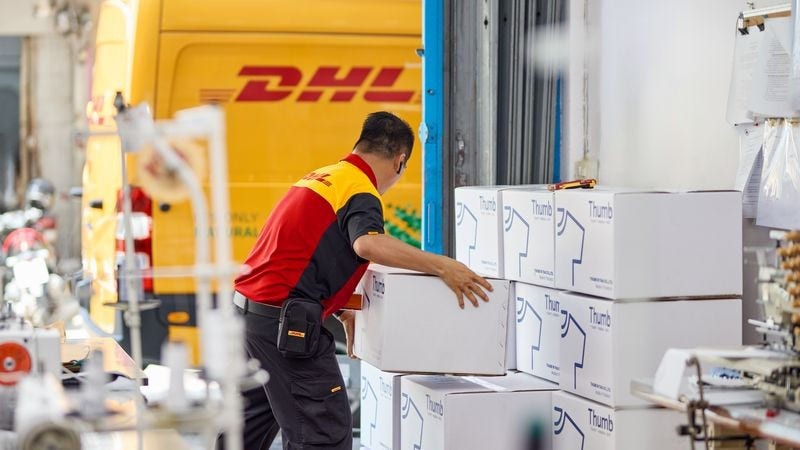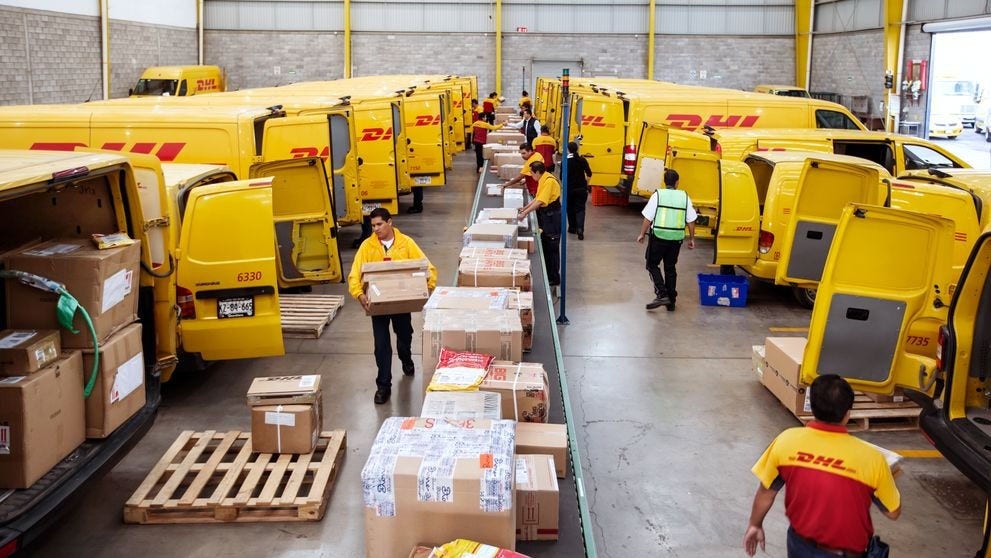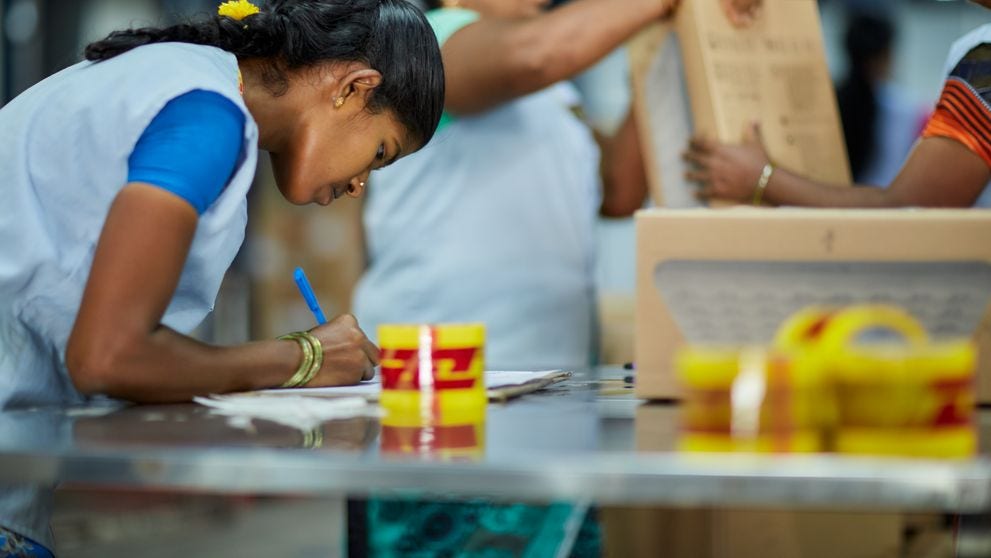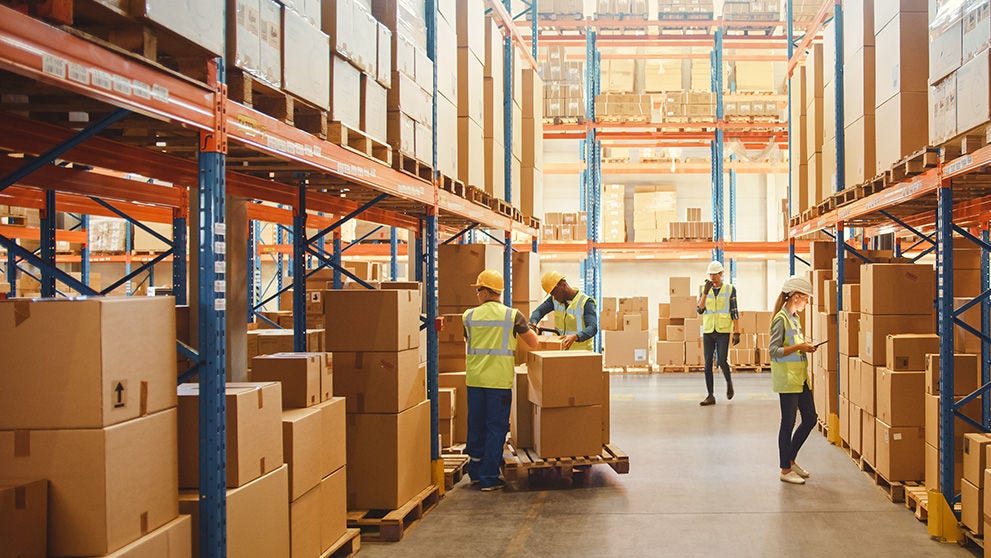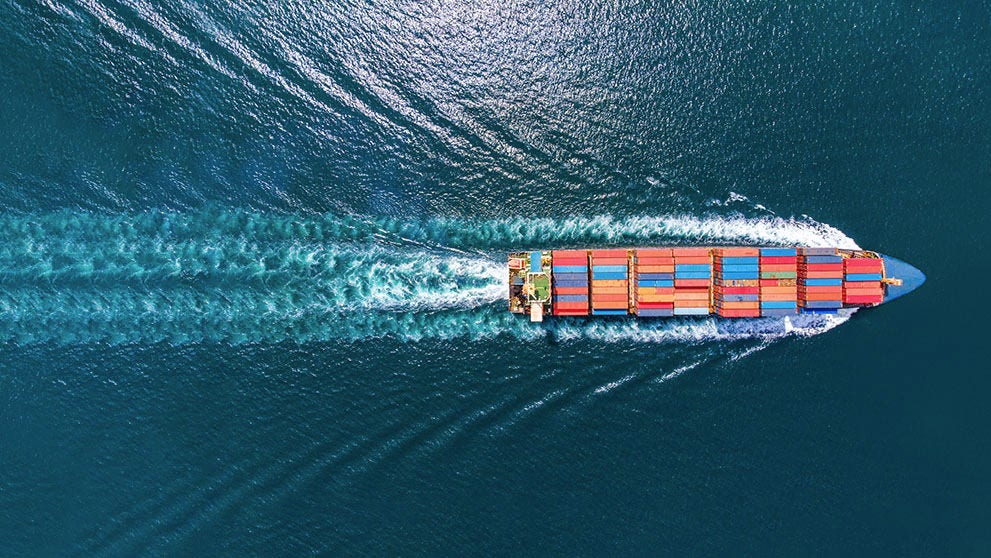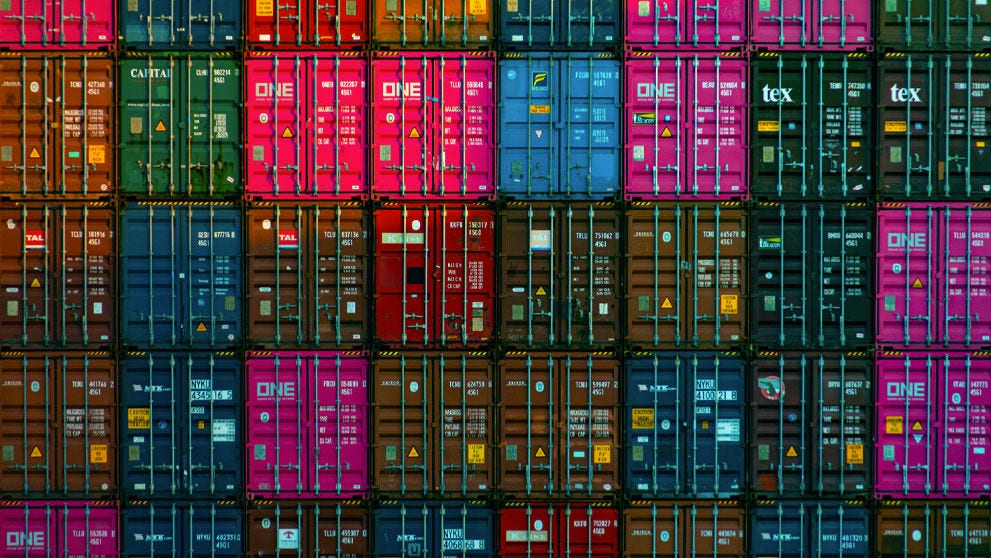3. Man-made textiles
Man-made textiles constitute a crucial segment of the industry, currently making up around 75% of the total fiber consumption globally7. India is also a key player in this sector, being the second-largest producer of polyester and viscose globally.
Aside from man-made textiles, India also produces and exports a wide range of synthetic fibers, including nylon, acrylic, polypropylene, and aramids. These versatile materials are highly valued for their durability, cost-effectiveness, and specialized performance characteristics, making them highly desirable for everything from high-performance sportswear to affordable fast-fashion garments.
And because India has consistently demonstrated strength in manufacturing these goods, as an exporter exploring this sector, you can ensure a steady, robust supply of innovative man-made fibers for international delivery.

